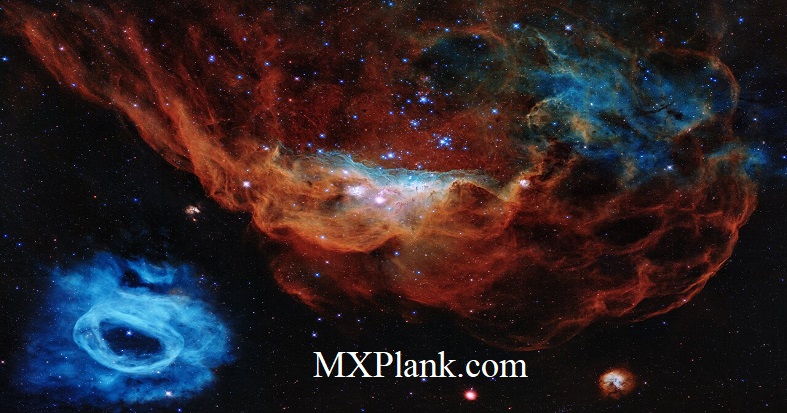
Flocculent spiral NGC 2841: Star formation is one of the most important processes in shaping the Universe; it plays a pivotal role in the evolution of galaxies and it is also in the earliest stages of star formation that planetary systems first appear.

This new Hubble image, captured and released to celebrate the telescope's 23rd year in orbit, shows part of the sky in the constellation of Orion (The Hunter). Rising like a giant seahorse from turbulent waves of dust and gas is the Horsehead Nebula, otherwise known as Barnard 33.

This image is one of the most photogenic examples of the many turbulent stellar nurseries the NASA/ESA Hubble Space Telescope has observed during its 30-year lifetime. The portrait features the giant nebula NGC 2014 and its neighbour NGC 2020 which together form part of a vast star-forming region in the Large Magellanic Cloud, a satellite galaxy of the Milky Way, approximately 163 000 light-years away.

This image from the NASA/ESA Hubble Space Telescope reveals a glistening and ancient globular cluster named NGC 3201 - a gathering of hundreds of thousands of stars bound together by gravity. NGC 3201 was discovered in 1826 by the Scottish astronomer James Dunlop, who described it as a 'pretty large, pretty bright' object that becomes 'rather irregular' towards its centre.